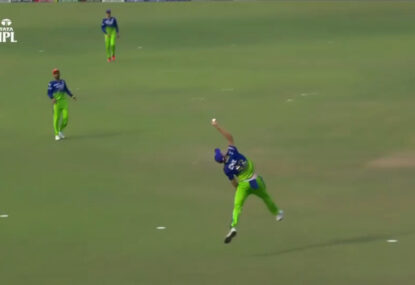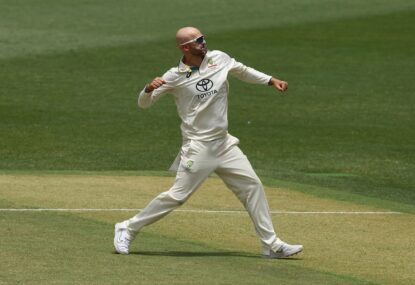This article documents those rare occasions when a captain’s decision to insert Australia paid off handsomely.
It therefore balances out the series’ preceding Part 1 Who gives a toss? Part 1: When sending Australia in paid off (or so it seemed) and Part 2 Who gives a toss? Part 2: When sending Australia in backfired spectacularly. But be warned, the match accounts may traumatise some readers.
It actually reflects well on Australian teams that they have been defeated in just 22 per cent of the 105 matches to date when they have been sent in. That figure is lower than their overall record, which is losses in 25 per cent of 834 games.
Just one opponent has a winning head-to-head record against Australia. South Africa has sent it in ten times, for five victories and just three defeats.
It can be argued that the Twenty20 format, the development of power bats and batsmen’s increasing physical strength have contributed to a recent ‘crash through or crash’ strategy when conditions favour bowlers. For many modern batsmen, like David Warner, attack is the best form of defence.
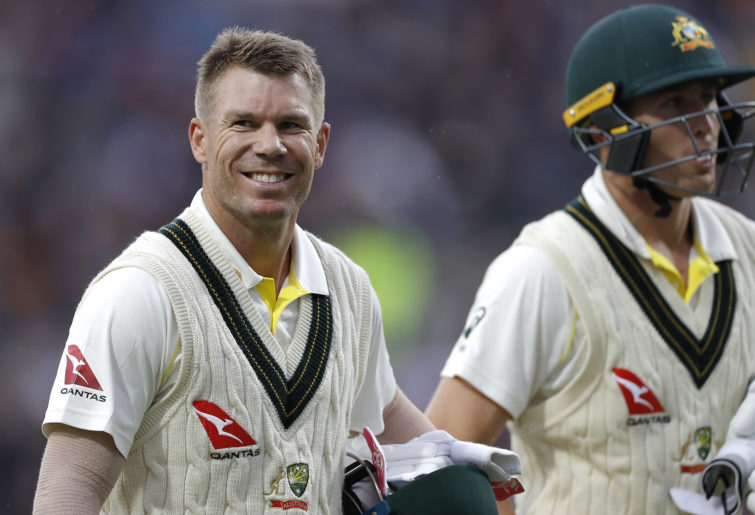
(Photo by Ryan Pierse/Getty Images)
The strategy contrasts starkly with Yorkshire’s ‘no boundaries before lunch’ mantra as practised by Herbert Sutcliffe, Len Hutton and Geoff Boycott. Nowadays such a technique would be unsuited to white-ball cricket, and therefore career-limiting. However such theories don’t explain why recently, only Australian teams have regularly fallen so cheaply.
On five occasions during the past 11 years, a Test team has been invited to bat and then dismissed for fewer than 100 runs. It has happened three times to Australia, once apiece to Bangladesh and England, and never to any other side.
This shortlist includes just a single game from the distant past. That can partly be accounted for by the infrequency with which teams were once sent in, with which pace batteries were fielded, and indeed with which Test matches were played.
Additionally uncovered pitches, seaming conditions and timeless Tests once encouraged more patience than is exhibited nowadays. Seeing off the new ball was once a respected skill and job description, honed over time.
Here are the instances of an Australian team being invited to bat, suffering a very poor first day’s play, and ultimately being defeated comprehensively.
1. England versus Australia, Trent Bridge, 2015
When the sides arrived at Trent Bridge, the series stood at 2-1 in England’s favour. Home-town hero James Anderson was absent due to injury. The visitors needed to at least avoid defeat, to keep the trophy alive.
Captain Michael Clarke called incorrectly. After a brief delay due to rain, his team batted first on a green pitch under grey skies. What followed was arguably the greatest collapse in Ashes history.
In 18.3 overs, ten Australian wickets fell for just 60 runs. The innings set a record for the shortest in Test history, and its ball-by-ball record fitted comfortably into a single tweet. The ball almost never beat the bat, instead invariably taking an edge.
The side’s progressive scores included 2-10 after the opening over, 4-15 after 2.4 overs, 5-21 after 4.1 overs, and 6-29 after 6.1 overs. The longest stand was that for the tenth wicket, which lasted 33 deliveries.
Three of the first four batsmen registered ducks. Only Michael Clarke and Mitchell Johnson reached double figures. The highest scorer was sundries with 14, accounting for 23 per cent of all runs scored.
England’s destroyer was Stuart Broad, with an incredible 8-15 from 9.3 unchanged overs. At one point his figures were 6.1-3-9-7.

(Photo by Stu Forster/Getty Images)
It is among the greatest single-innings and first-day bowling performances of all time, considering the match’s importance and his opponents’ batting strength. “It’s not even a dream come true,” he admitted afterwards, “because I’d never have dreamt I could do something like that.”
The carnage continued when the home side took the batting crease, despite Australia reducing them to 3-96. That score grew by stumps to 4-274 from just 65 overs, a lead of 214 runs with six wickets still in hand. Joe Root’s share was an undefeated 124. The match was effectively over.
During the game’s second day England closed its innings before lunch at 9-391 with a lead of 331 runs, and then reduced Australia’s second innings to 7-241 by stumps. The following morning the home side ended the game by taking the final three wickets in less than an hour.
Australia’s margin of defeat was a humiliating innings and 78 runs. The entire match was completed in little more than two days. England regained the Ashes in the most emphatic fashion possible, and took a 3-1 series lead to the Oval.
2. Australia versus England, the MCG, 2010-11
Australia was seeking to regain the Ashes. After three matches, the series was level at 1-1. Victory for the visitors in the Boxing Day Test would mean retaining the trophy.
England’s captain Andrew Strauss called correctly and sent in Australia, in front of 84,345 spectators. His seam attack comprised James Anderson, Chris Tremlett and Tim Bresnan.
Unfortunately for the home side its wickets fell regularly. It was 2-37 at the first drinks break, and 4-58 when rain forced lunch to be taken early. After the interval its last six wickets fell in just 17.2 overs for the addition of 40 more runs. Australia’s final score was only 98. Michael Clarke top-scored with just 20, while Anderson and Tremlett claimed 4-44 and 4-26 respectively.

(Photo by Philip Brown/Getty Images)
During the day’s extended final session, the visitors drove home their advantage. At drinks their score was 0-90, and they had almost claimed a first-innings lead. By stumps their score was 0-157, and they were 59 runs ahead with all ten wickets still in hand.
The match’s second day sealed the Ashes for England. Jonathan Trott scored an undefeated 168. He was well supported by half-centurions Strauss, Alastair Cook, Kevin Pietersen and Matthew Prior. Play ended with England’s score at 5-444, effectively 346 runs ahead with five wickets in hand and three days’ play still remaining.
The visitors ultimately reached 513 all out, and then early on the game’s fourth day dismissed Australia for 258. They duly recorded victory by an innings and 157 runs, and went to Sydney with an unbeatable 2-1 series lead.
3. Australia versus South Africa, Bellerive Oval, 2016-17
South Africa boasted a strong side with an imposing away-from-home record. It had already won the series’ first match, at the WACA.
Captain Faf du Plessis won the toss and elected to bowl first. The pitch was well-grassed and the sky overcast. His attack of Vernon Philander, Kyle Abbott and Kagiso Rabada was well suited to the conditions.
David Warner fell in the very first over, and Joe Burns in the second. Both Usman Khawaja and Adam Voges were dismissed in the ninth one to reduce their side 4-8. Debutant Callum Ferguson’s run-out made the score 5-17. When the teams went to lunch, the home side’s score was 6-43.
Although captain Steve Smith defied the visitors with an undefeated 48, his side could total only 85 from 32.5 overs. Debutant Joe Mennie was the next highest scorer, with ten. Philander took 5-21, while Abbott claimed 3-41. The run-out aside, every dismissal was either bowled, LBW or caught in the cordon.

(Photo by Paul Kane/Getty Images)
South Africa’s batsmen navigated the conditions far more successfully. Tea was taken with its score 0-43, and when stumps were drawn it had reached 5-171 for a lead of 86 runs with five wickets in hand. No play was possible on the match’s second day, due to rain.
During the third day’s play Temba Bavuma and Quinton de Kock put the match out of Australia’s reach. Having come together at 5-132, they shared an invaluable 144-run sixth-wicket partnership. Their team ultimately reached 326, for an imposing 241-run first-innings lead.
The home side fared little better in its second innings. After being well-placed at 2-129 it was then dismissed for just 161, to lose the match by an innings and 80 runs.
The defeat meant a third consecutive series loss to South Africa, and a fifth defeat in a row. At the post-match media conference, Smith stated “I’m embarrassed to be sitting here, to be honest with you.”
In the subsequent fallout, chairman of selectors Rod Marsh resigned and Greg Chappell rejoined the selection committee. Peter Handscomb, Nic Maddinson and Matthew Renshaw debuted in the next match. Callum Ferguson and Adam Voges never played for Australia again.
4. West Indies versus Australia, Port of Spain, 1977-78
Australia was a weak and inexperienced team without its World Series Cricket players. Captain Bob Simpson and paceman Jeff Thomson were the only two members who had played more than eight Tests.
In contrast, the West Indies’ side was at full strength. For the series’ first match its fast-bowling attack comprised Andy Roberts, Joel Garner and Colin Croft.
Simpson called incorrectly after early-morning rain and his team was invited to bat on an underprepared pitch. Before lunch there was time for just one over, in which two deliveries misbehaved.
Wickets then fell regularly, and Croft’s first eight overs yielded 3-9. Peter Toohey retired hurt after being struck between the eyes by a Roberts bouncer. When he resumed his innings at 8-84, another Roberts delivery fractured one of his thumbs. The innings ended shortly afterwards for a mere 90.
Aside from Gary Cosier’s defiant innings of 46 and Toohey’s brave 20, the other nine batsmen contributed a total of just ten runs. Croft took 4-15, and was supported by Garner and Roberts with 3-35 and 2-26 respectively.
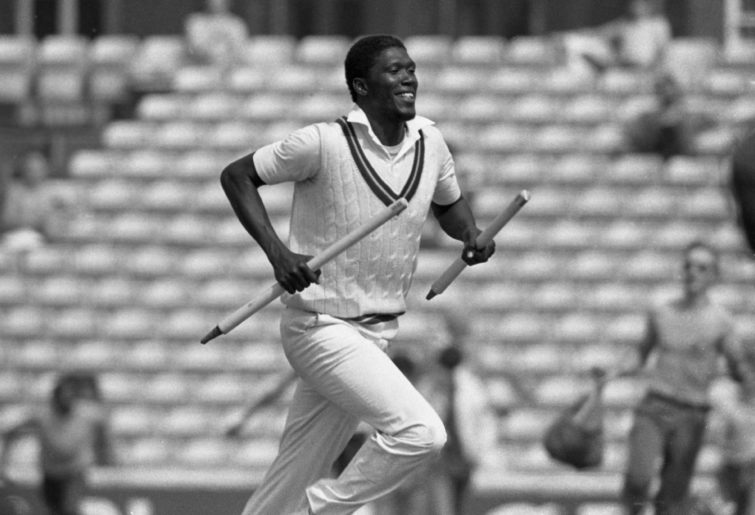
(Mark Leech/Getty Images)
By stumps the home side had responded with 0-79 from just 14 overs. Debutant Desmond Haynes took 20 runs from one Thomson over. It continued its run feast the following day, ending it at 9-391 with Alvin Kallicharran scoring 127.
The West Indies’ innings concluded on 405, for a 315-run first-innings lead. Australia reached 209 in its second innings, to concede defeat by an innings and 106 runs. It lost its last six wickets for 15 runs in 4.2 overs. The match lasted just three days.
5. Australia versus England, the MCG, 1986-87
Australia’s team was weakened by rebel tours to South Africa, and was inexperienced. England held the Ashes, and led the series 1-0. Victory by the home side would level the series, and give it the opportunity to then regain the trophy at the SCG.
Visiting captain Mike Gatting called correctly and chose to field. His bowlers relished first use of a pitch that wasn’t fully dry, and seamed as a result.
The Wisden Almanack described it as “quite a lively pitch, with a stronger growth of grass than for some years following a transplant of couch grass from a local golf course, Kingston Heath”.
Australia went to lunch at 3-83, but was dismissed before the tea interval for just 141. Gladstone Small claimed 5-48 after replacing an unfit Graham Dilley. Ian Botham delivered his best performance of the series to take 5-41. Dean Jones’ 59 was the home side’s sole innings of note.

(Photo by Getty Images)
The series was virtually decided when England went to stumps at 1-95. It batted for the entire second day’s play to reach 349 and so gain a 208-run first-innings lead. Chris Broad scored 112, one of three centuries by him during the series.
In its second innings the home side did little better, reaching 194 to lose by an innings and 14 runs. Collectively for the game, its last six batsmen scored just 39 runs from ten completed innings. Although Australia won the subsequent Test match, England retained the Ashes.
6. Australia versus England, the MCG, 1911-12
Australia held the Ashes, but the visitors were leading the series by a 2-1 margin. Their side boasted two great opening bowlers in SF Barnes and Frank Foster and a strong batting line-up led by Jack Hobbs and Wilfred Rhodes.
Captain Johnny Douglas won the toss and elected to field on a ground made soft by heavy rain. It was just the sixth time that an Australian team had been sent in. It was yet to lose a game in such circumstances.
Australia’s opening batsmen added 53 runs before both fell on the stroke of lunch. Their side took tea at a score of 6-146. After the interval the tail did not wag, resulting in a final total of 191. Barnes and Foster took 5-74 and 4-77 respectively.
The visitors’ Hobbs and Rhodes successfully negotiated the period before stumps. They ended the first day’s play at 0-54, and were well placed for a large partnership.

(Photo by Ryan Pierse/Getty Images)
The following day belonged completely to England. Its openers extended their stand to 323 runs in 268 minutes. Hobbs fell first, after scoring 178 runs from 295 deliveries. When play ended the visitors’ score was 1-370, and Rhodes was undefeated on 157.
The match being timeless, England continued its innings until dismissed late on the match’s third day for 589. Its first-innings lead of 398 runs was insurmountable.
The home side capitulated for just 173 in its second innings. It lost the match by an innings and 225 runs, and with it the Ashes.
7. Australia versus West Indies, the Gabba, 1984-85
The West Indies side was among the greatest of all time. It had just beaten Australia at home by a 3-0 margin, then England away 5-0.
The home side was rebuilding following the retirements of Greg Chappell, Dennis Lillee and Rod Marsh. It had already lost the series’ opening match in Perth by an innings and 112 runs.
Captain Clive Lloyd chose correctly. He sent Australia in, as he had done three times in the Caribbean just a few months previously.
His pace quartet of Joel Garner, Malcolm Marshall, Michael Holding and Courtney Walsh delivered just 12 overs per hour, but otherwise gave the home side no respite. Kepler Wessels was bowled in the first over, and captain Kim Hughes caught at long-leg from a hook shot.
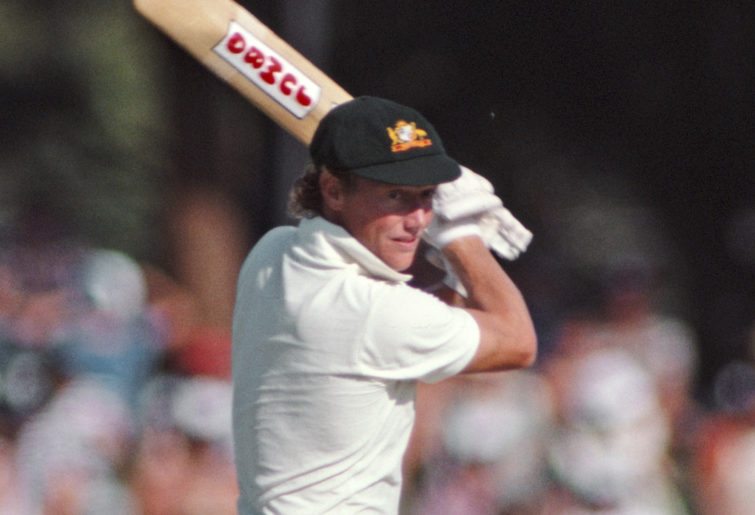
(Photo by Murrell/Allsport/Getty Images)
Australia limped to 3-51 at lunch, and 8-137 at tea. It was finally dismissed for 175. By stumps the visitors had reached 1-65 in reply.
On the match’s second day the West Indies extended their score to 6-396, with Lloyd and Richie Richardson scoring 114 and 138 respectively. Their final total of 424 represented a 249-run first-innings lead, and enabled a comprehensive eight-wicket victory.
During the post-match media conference, following a fifth consecutive defeat to the West Indies, a tearful Hughes resigned from his position. He would be dropped from the side later in the series, and subsequently lead rebel tours to South Africa.
8. West Indies versus Australia, Port of Spain, 1994-95
Australia’s team was becoming a great one. Under new skipper Mark Taylor it had just retained the Ashes at home. While the West Indies’ inevitable decline had commenced, it was still a formidable opponent.
After the series’ first two games, the home team trailed Australia by a 1-0 margin. Wisden described this match’s pitch as follows:
“The Australians had a suspicion of trouble when they went looking for the pitch and could barely pick it out from the rest of the gumleaf-green square. It was covered by grass nearly an inch long, suspiciously damp and given only a token shave. Even the winning captain, Richardson, agreed it was unsatisfactory. Fast bowlers looked at it and grinned like fat men about to tackle Christmas dinner.”
On the game’s opening day, only 39 overs were possible. Australia slipped quickly to 2-2, and at lunch its score was 3-28. By tea it had extended it to 7-112, and due to rain no further play was possible before stumps were drawn. The following morning, it was dismissed for 128.
Steve Waugh provided the only resistance with an undefeated 63 from 101 balls, as Curtly Ambrose took 5-45. Wisden described their contest this way:
“By then Steve Waugh had entered the front line. He stood his ground like John Wayne when Ambrose engaged him in a verbal exchange of fire from two metres; the bowler had to be tugged away by Richardson. “It’s Test cricket,” the unrepentant Waugh said afterwards. “If you want an easy game, go play netball”.”
Neither the pitch nor scores improved subsequently. The West Indies were restricted to 136 in reply, with Glenn McGrath claiming 6-47. The visitors could reach only 105 in their second innings, Ambrose again relishing the conditions to return 4-20. The home side attained the necessary 98 for victory for the loss of one wicket, and levelled the series 1-1.
Australia then regained the Frank Worrell Trophy at Kingston’s Sabina Park. Steve Waugh scored 200 and brother Mark 126, and the pair shared a 208-run stand. The side’s winning margin was an innings and 53 runs.









































































































